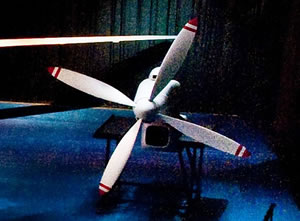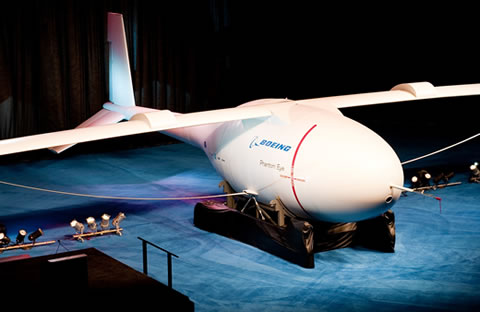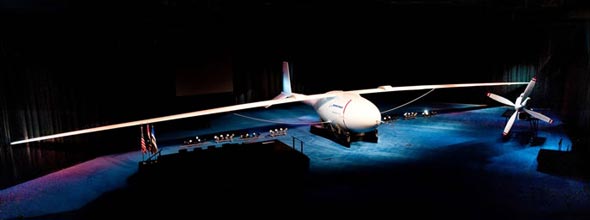Four months after beginning the construction of the first Phantom Eye technology demonstrator, the company rolled out the completed aircraft from the Phantom Works workshops at St. Louis. The unmanned, high altitude, long endurance (HALE) platform powered by two liquid-hydrogen engines. The twin-engine Phantom Eye demonstrator will have a 150-foot wingspan and be capable of flying for more than four days at altitudes up to 65,000 feet while carrying a payload of up to 450 pounds. Phantom Eye is designed to maintain a persistent presence in the stratosphere over a specific area, while performing missions that could include intelligence, reconnaissance, surveillance and communication.

“After five years of technology development, we are now deploying rapid prototyping to bring together an unmanned aerial vehicle [UAV] with a breakthrough liquid-hydrogen propulsion system that will be ready to fly early next year.” said Darryl Davis, Boeing Phantom Works president. The entire propulsion system of the Phantom–Eye completed an 80 hour test in an altitude chamber last month, clearing the way for the propulsion system and UAV to be assembled. Boeing also is developing a larger HALE that will stay aloft for more than 10 days and carry payloads of more than 2,000 pounds.
Phantom Eye evolved from Boeing’s earlier success with the piston-powered Condor that set several records for altitude and endurance in the late 1980s. Boeing, as the Phantom Eye system designer, is working closely with Ball Aerospace, Aurora Flight Sciences, Ford Motor Co. and MAHLE Powertrain to develop the demonstrator.


















